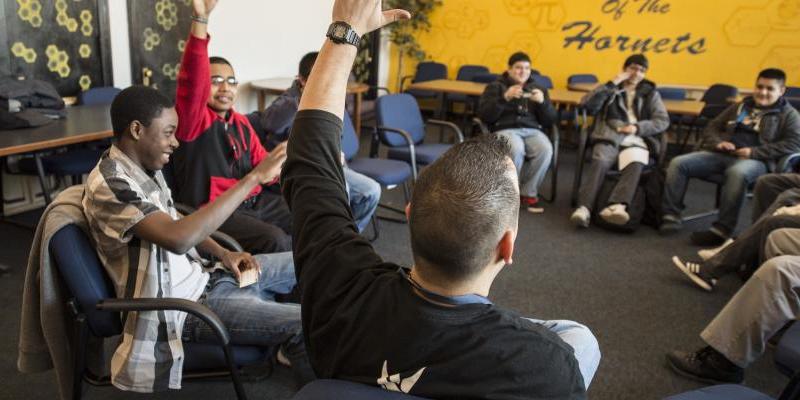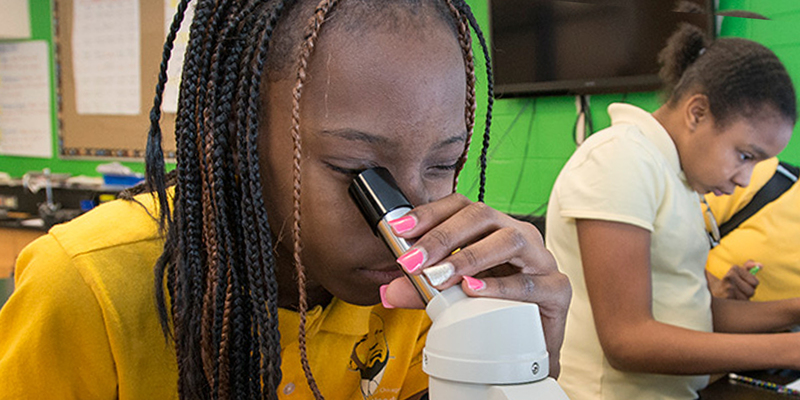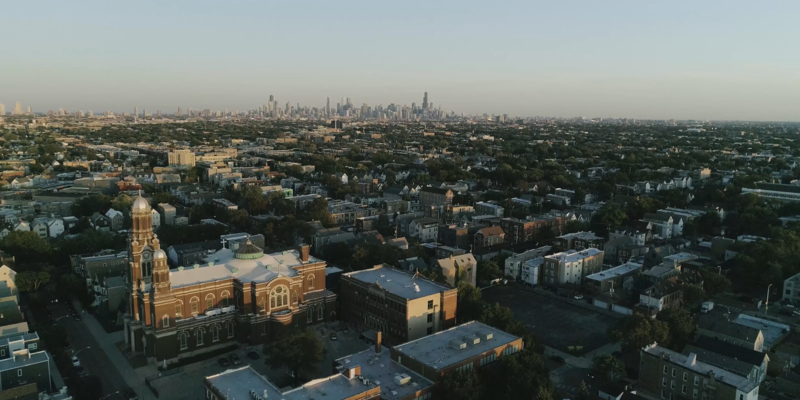Health Lab Fund for a Safer Future: Identifying Barriers to Human Capital Accumulation
Equitable Access to Holistic Health Care Portfolio
The United States’ rate of gun violence ranks among the highest in the world, with the greatest prevalence of gunshot wound injuries among young men of color. While reducing this gun violence would bring obvious health benefits, it may also bring economic benefits to individuals and communities by encouraging greater investment in human capital development. Human capital, defined as skills or knowledge embodied in an individual, is accumulated through initial investments of time during which they forgo current income for future income. Examples of human capital accumulation include postsecondary education and workforce training programs. Given that gun violence increases the risk of death, disability, and incarceration, thereby preventing or hindering one’s ability to best apply their human capital, individuals living in violent communities may perceive a low rate of return on human capital investment and choose to opt out. Improved understanding of gun violence’s effect on human capital decision-making is needed to identify and implement policies that advance economic mobility among young people who reside in communities that experience prevalent gun violence.
Health Lab, in partnership with the University of Chicago Medicine’s Trauma Center, is conducting research to better understand the relationship between gun violence and human capital attainment, including interviews with gunshot wound (GSW) patients, community members with exposure to gun violence, and the health care professionals who treat GSW patients. This research will provide a more holistic perspective on perceptions of neighborhood safety and human capital attainment as well as the landscape of existing and potential resources that assist GSW patients—as well as their families—in their mental and physical recovery.





